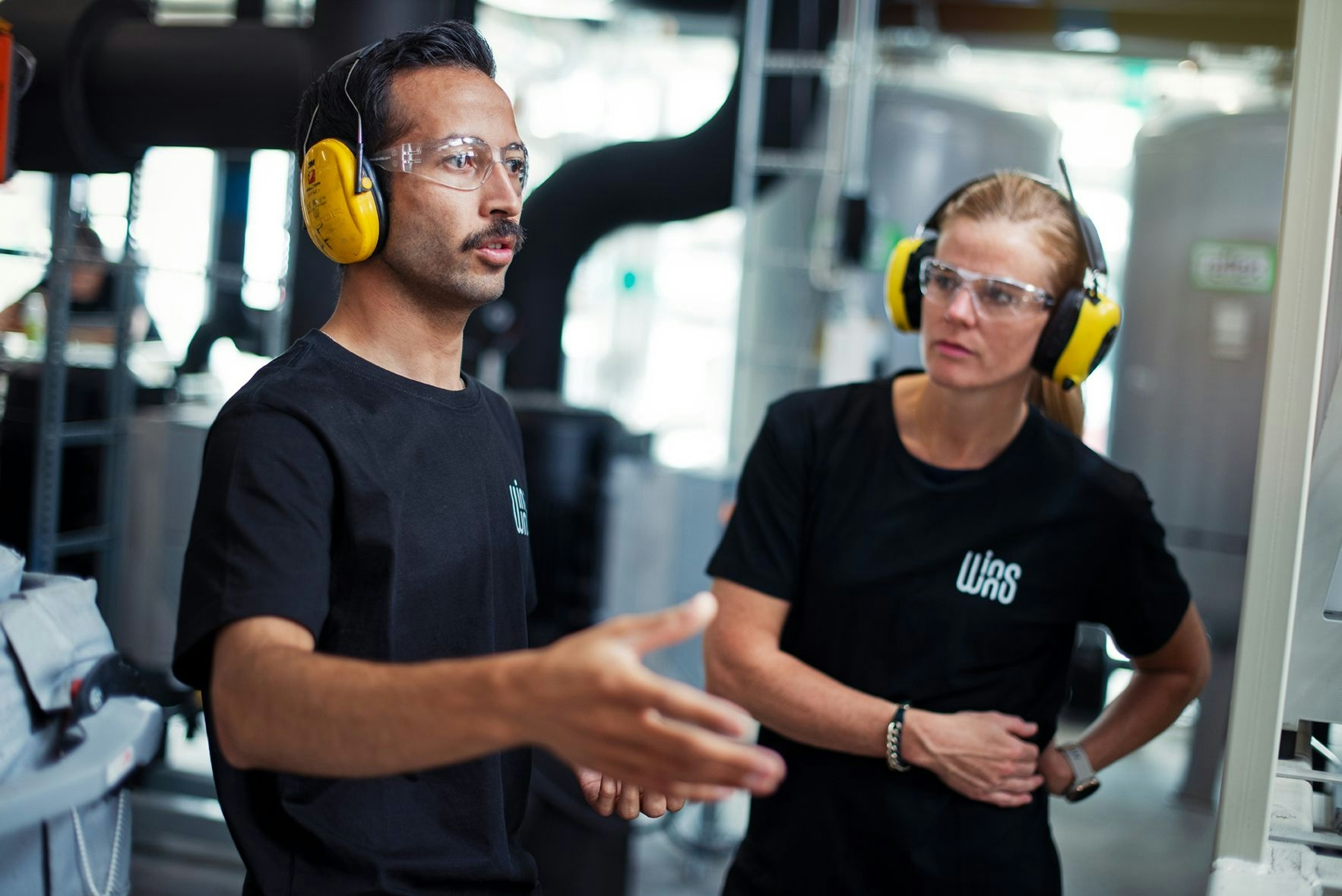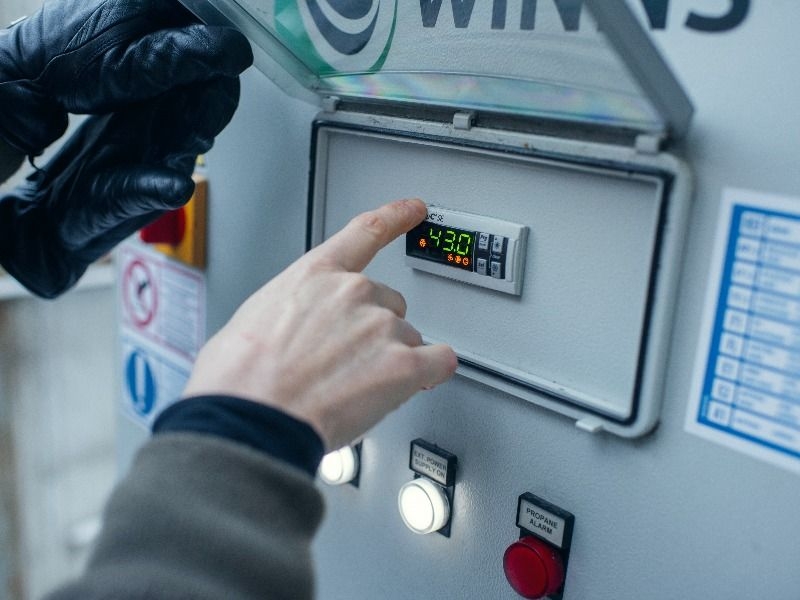The future is natural
Winns Offshore develops and delivers climate-friendly and energy-efficient heating and cooling solutions for offshore applications using natural CO2 as a refrigerant. Customers who use our technology cut costs and reduce their climate footprint.

About Winns Offshore
Winns was established in 2014 to contribute to the world’s most important task. Drastically cut greenhouse gas emissions. We have been delivering heating and cooling systems offshore, using natural CO2 as a refrigerant, for many years. Our employees are specialists in natural refrigeration technology and have long and valuable experience in different fields within the oil and gas industry.
Our passion is to increase renewable energy production. Safe, profitable, and necessary.
Contact usCoupled with renewable energy sources and building structures designed for efficiency, heat pumps can eliminate almost all emissions from heating and cooling
— from Project Drawdown
A cool story - at last
Since the German breweries in the early 1800s needed cooling for their beer brewing processes, natural refrigerants have been used in cooling systems.
But, from the 1930s and forward, chemical mixtures of various Chlorofluorocarbons were introduced as a "safer" alternative to natural CO2. Today we know that Chlorofluorocarbons from refrigeration have caused large holes in the protective Ozone layer around our globe, and they still do. Even if many of the chemical mixtures have been regulated more strictly throughout the years, there are still chemical heating and cooling systems on the market in various forms worldwide.
Read moreHow can CO2 reduce CO2 emissions?
The following is an attempt to give you all facts you need to understand Winns environmentally friendly heating and cooling technology with natural CO2.
CO2 is a naturally occurring substance contributing to global warming, used as a unit of measure for other non-natural substances in regard to the Global Warming Potential (GWP). 1 GWP equals 1 kg of CO2.
Let’s compare: A typical refrigeration system contains 50 kg of HFC gas (like R134 with a GWP of 1480). If this gas is leaking out, the atmosphere has to deal with equal to 74.000 kg of CO2. And this is just a small refrigeration system. If we use CO2 as a refrigerant in the same size system, 50 kg CO2 in is 50 kg CO2 out.
So easy. So important.





